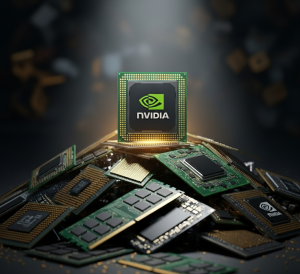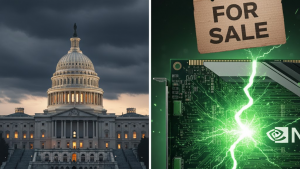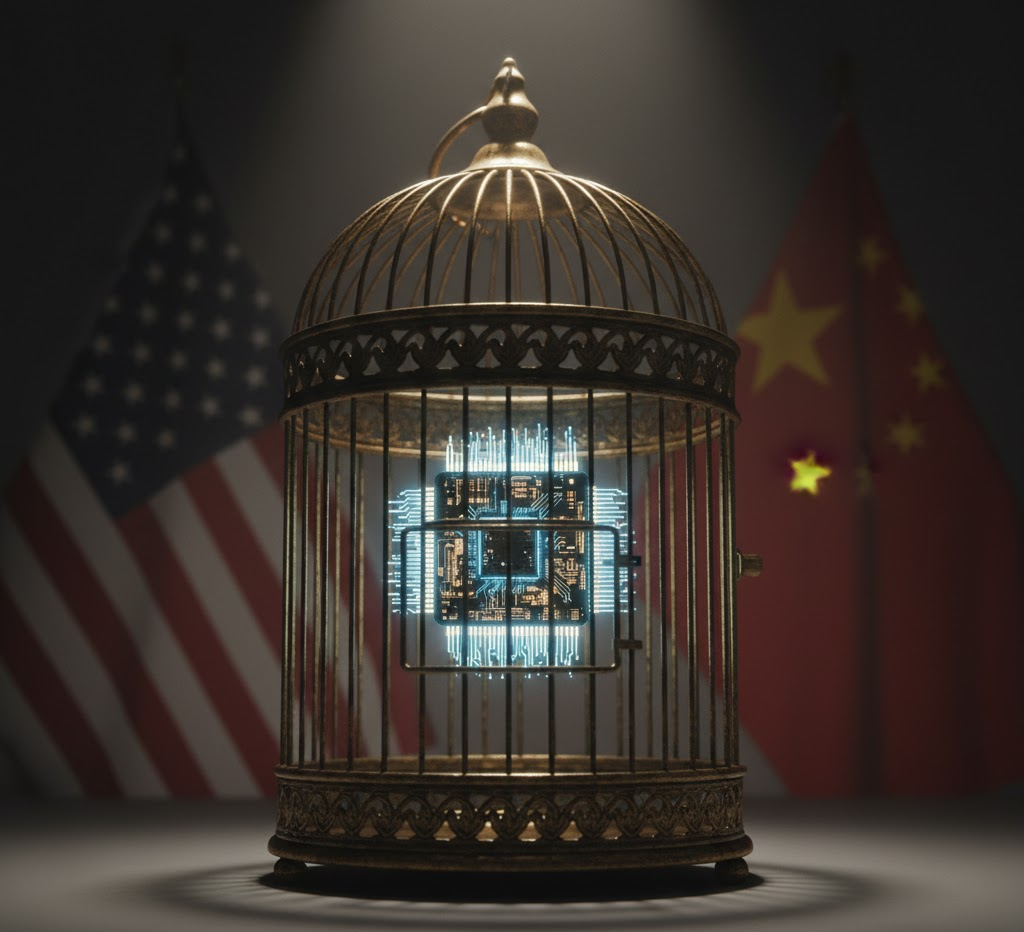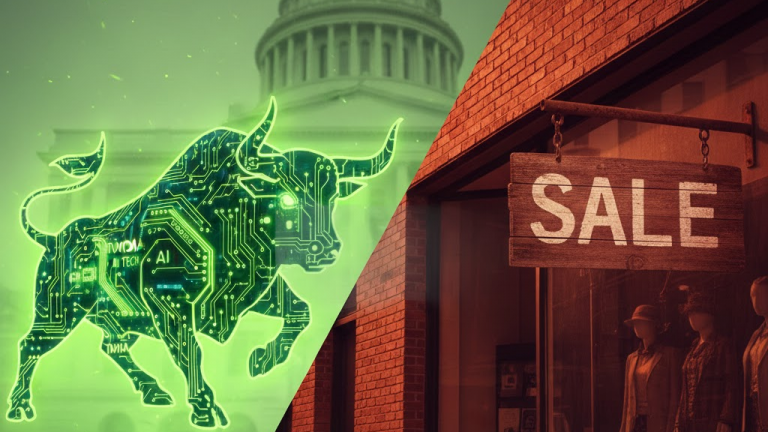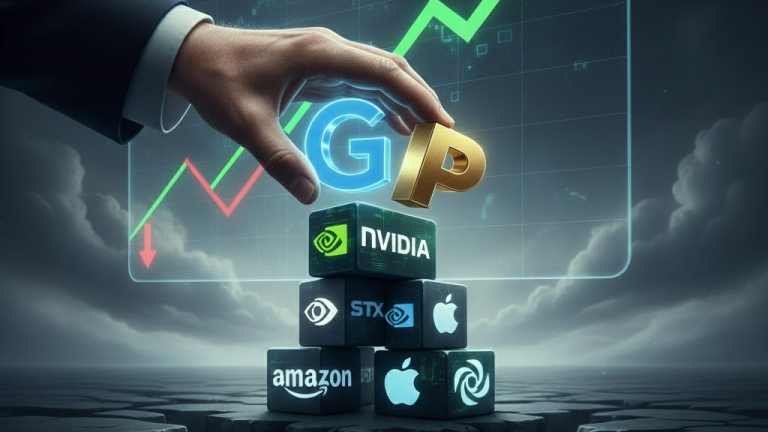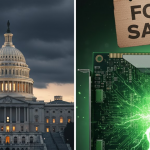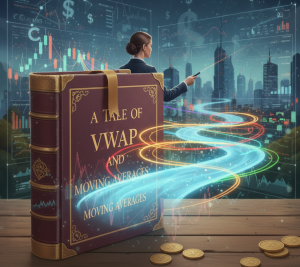The Gilded Cage: Why Tech Giants Like Nvidia Are Being Forced to Adapt or Fail
Have you ever stopped to think about the journey your smartphone or laptop takes before it gets to you? It’s a global ballet of design, manufacturing, and assembly. But right now, that dance is being interrupted by a growing conflict between the world’s two biggest economic superpowers: the United States and China. This isn’t just about politics; it’s a “tech cold war” that’s forcing the biggest companies on the planet to make difficult choices that will affect the products we use every day.
Think of it less as a traditional war with tariffs and taxes, and more as a high-stakes chess match where the pieces are microchips, supply chains, and technological know-how. Companies, especially in the tech sector, are caught in the middle, forced to navigate a new set of rules where business strategy is dictated by geopolitics.
The Compliance Dance: Making a “Slower” Fast Car
A perfect example of this is Nvidia, one of the world’s most important designers of the powerful computer chips that fuel artificial intelligence (AI). The U.S. government, worried about China using top-tier technology for its own strategic advantage, put strict rules in place, effectively banning Nvidia from selling its most advanced chips to Chinese companies.
Now, China is a massive market for Nvidia. Simply walking away would mean losing billions in revenue. So, what did they do? They adapted. Nvidia invested significant time and money to design and build special, less-powerful versions of their AI chips specifically to comply with U.S. export laws so they could still be sold in China.
Imagine a world-famous sports car company being told it can no longer sell its fastest model in a huge country. Instead of giving up, it designs a new version with a smaller engine that meets the new regulations. It’s a clever business move to keep a foothold in the market, but it comes at a cost. The company has to spend resources not on making the next great innovation, but on creating a “good enough” version of what it already has.

The Bull Case (The Opportunity) Forcing companies to navigate these restrictions could have some positive long-term effects. This pressure might spark a new wave of innovation focused on self-reliance. For the U.S., it creates a powerful incentive to bring manufacturing and technological development back home, strengthening the domestic tech industry. For China, being cut off from top-tier U.S. tech provides the ultimate motivation to accelerate its own chip-making industry, potentially creating a powerful new competitor and breaking the current monopoly. In a way, this “gilded cage” could force both sides to build their own ecosystems, leading to more robust and diverse global technology in the long run.

The Bear Case (The Risk) The downside is significant. This compliance-driven engineering is expensive and diverts talent away from true innovation. In Nvidia’s case, while they are selling a compliant chip to China, they are also creating a perfect, protected space for a Chinese competitor to rise up and fill the high-performance gap they were forced to leave open. Furthermore, this conflict exposes a huge vulnerability for Western companies: their dependence on China for critical materials.
China controls the vast majority of the world’s “rare earth” minerals. These are materials you’ve probably never heard of, but they are essential ingredients for everything from your iPhone and electric car to advanced defense systems. If Beijing decides to retaliate against U.S. tech restrictions, it could squeeze the supply of these materials, potentially grinding production lines at major Western companies to a halt. This isn’t a maybe; it’s a known dependency that could be used as a powerful weapon in this economic standoff.
For consumers, this could all lead to higher prices, fewer choices, and a slower pace of innovation as companies spend more time navigating politics and less time creating the future. We are watching in real-time as global companies are forced to choose sides, untangle their supply chains, and build new strategies not just for profit, but for survival in this new tech cold war.
Disclaimer: This article is for informational and educational purposes only. It is not intended to be and should not be construed as financial, investment, or legal advice. The information contained herein is not a recommendation or solicitation to buy, hold, or sell any security. Day Trade Daily and its authors are not financial advisors. Investing in the stock market involves risk, including the loss of principal. Please consult with a qualified professional before making any financial decisions.




